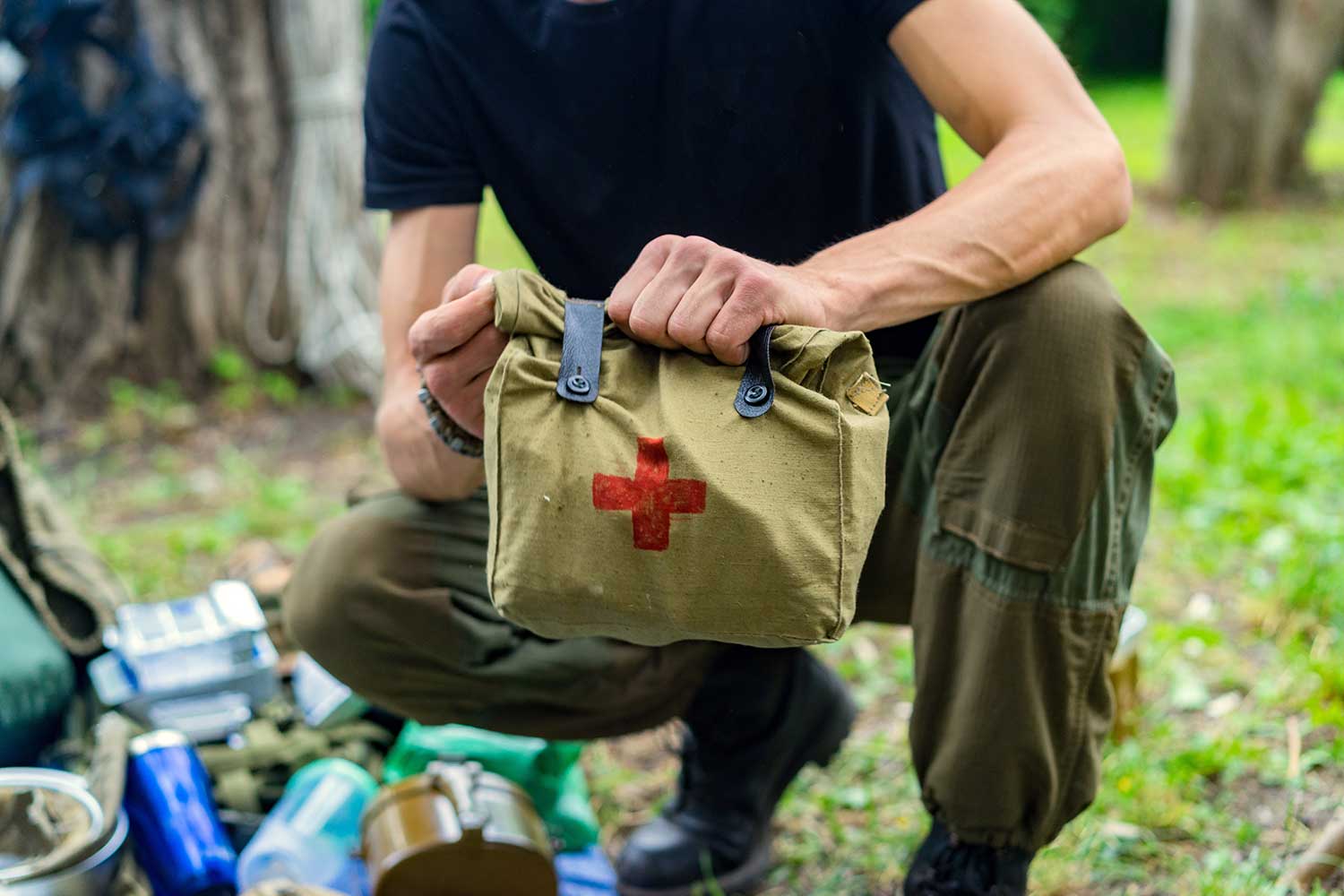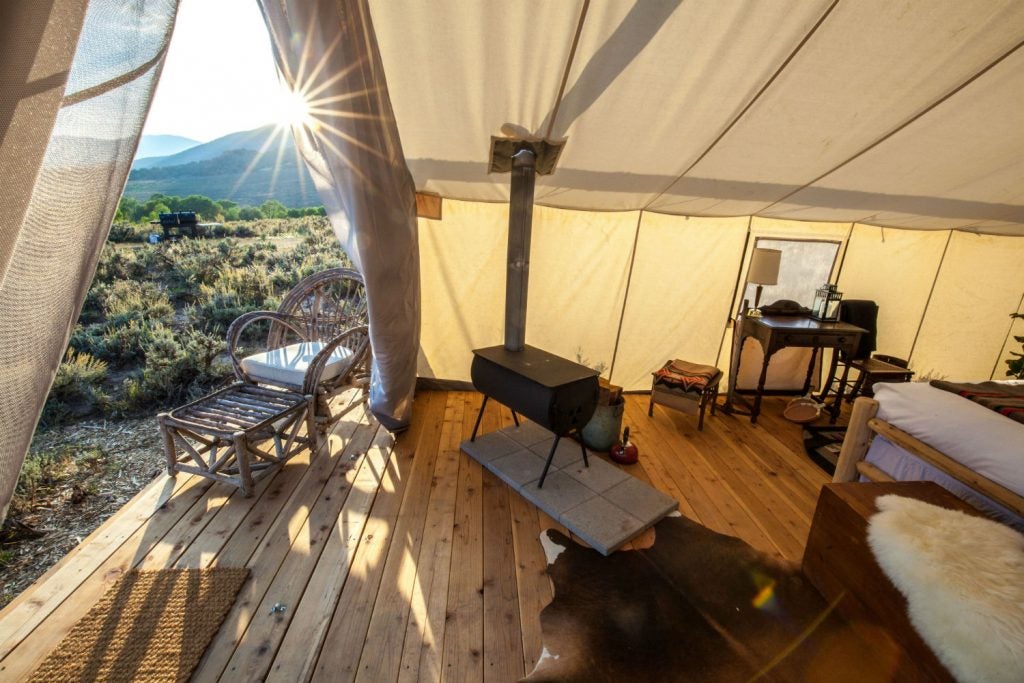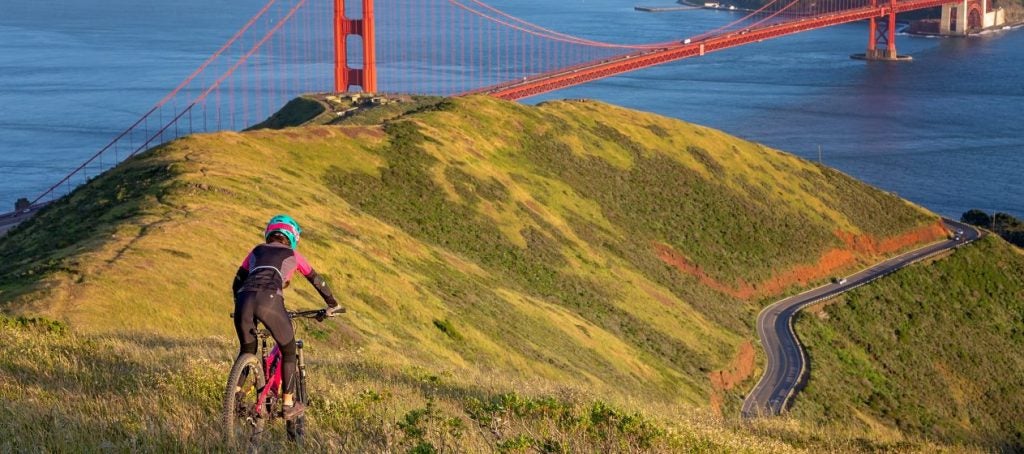September is National Preparedness Month. Our friends at Midland Radio and Mountain House whose walkie talkies and freeze-dried meals are a great addition to your emergency preparedness kit.
On June 9, 1972, a series of severe thunderstorms drenched the Black Hills with 15 inches of rain. The steep canyons channeled huge volumes of rushing waters towards the plains. Flooded creeks and drainages emptied into Rapid Creek above Rapid City, South Dakota. As the residents of the city slept, the unprecedented downpour filled Rapid Creek to over 300 times its normal volume with the water level rising a total of 12 feet in two hours.
The rain continued and dams started failing. That night, 238 people were killed, making it one of the deadliest floods in U.S. history.
Natural disasters are powerful and unpredictable. However, there are steps you can take to help you be prepared if a natural disaster or hazardous weather occurs. Give yourself the best chance by having an emergency preparedness kit and knowing the correct protective measures for various natural disasters.
Build Your Own Emergency Preparedness Kit
We’re firm believers that the 10 essentials of survival can always be improved with new technologies or additional items specific to foreseeable disasters. This article takes the essentials into account and builds on them. A great place to start when designing your emergency preparedness kit is to determine what gear you already have that can pull double duty. Luckily for seasoned campers, many items that are essential for emergency preparedness are also camping gear.
When assembling your emergency preparedness kit, store items in airtight plastic bags. Then put your entire emergency preparedness kit in one or two plastic bins or duffel bags. Keep in mind you may have to quickly evacuate so you’ll want to make sure your kit is easy to access and carry.
Recommended Items to Include in Your Emergency Preparedness Kit
We’ll help you build your own emergency preparedness kit with the necessities.
NOAA Weather Radio

Your first line of defense for being prepared is being informed.
An NOAA weather radio is the best way to be alerted of possible hazardous weather or imminent danger. These radios tune into the National Weather Services (NWS) broadcast 24/7. When the NWS issues an alert, an NOAA weather radio will automatically override all other radio functions and broadcast the alert — even if the radio is powered off. Keeping a weather alert radio in your home or office provides vital information automatically and instantly.
According to the Federal Emergency Management Agency (FEMA), “Recovery officials estimate an (NOAA) all hazards weather radio may provide as much as eight minutes to move family and pets to a safe space.
Just like you depend on smoke alarms in your home, a weather alert radio can be your first warning of danger giving you time to take protective action — it could save your life or the life of someone you love.
Water
You can only survive about three days on average without water, so it’s essential to keep both freshwater and water purification methods on hand. Whether you need to flee in a hurry or find yourself trapped where you are, water is one of the most crucial things you need to survive an emergency.
Ready.gov recommends one gallon per person per day for at least three days for drinking, cooking, and sanitation. In addition, keep water purification tablets on hand, even in addition to other water filtration tools.
Food
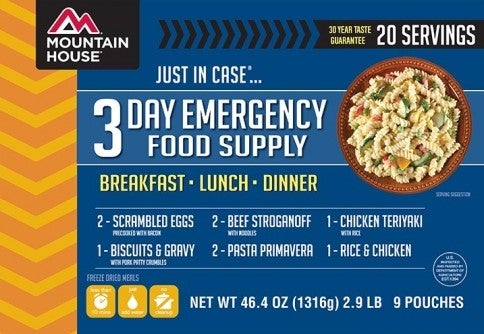
After water, the thing your body will need most is food. Instead of making a panicked run to the store ahead of a storm to grab whatever canned goods are left on the shelf, buy emergency meals ahead of time for extra peace of mind.
You can get kits with anywhere from two-days to two-weeks worth of meals that are designed to have a long shelf-life. Mountain House Meals come with a 30 Year Taste Guarantee if that gives you any sense of how reliable they are. These tasty freeze-dried meals are lightweight and easy. Just add water, and you’ll have nutrition and variety even amidst the turmoil.
You’ll want to include only non-perishable items in your emergency preparedness kit. If you have canned food you will also need a can opener. Store your kit and food in a cool dry place. If using boxed food, store in tightly closed plastic or metal containers.
Backup Light
Headlamp or flashlight? Why not both? Having multiple backup light options is always a good idea. Just be sure you have extra batteries in your emergency preparedness kit, and test them for freshness periodically.
Small candles or tea lights are another option for light. They are easy to pack, store, and take up little space.
You can also include a solar lantern if you have room or think it might come in handy.
Extra Power
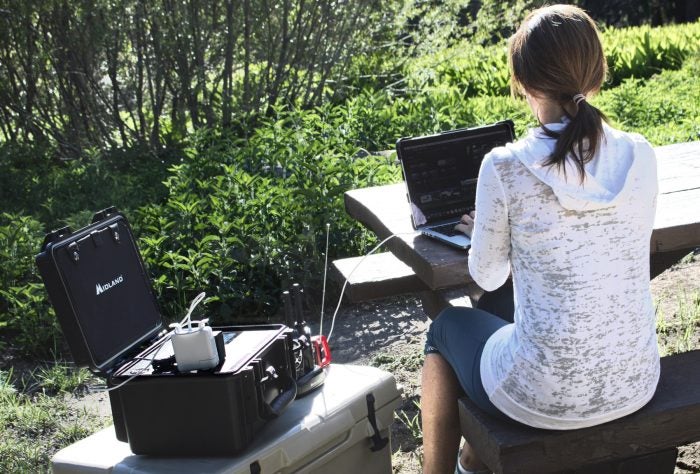
Stay powered up with extra batteries for your flashlights and headlamps. Add an extra cell phone charger to your kit, too. A hand crank radio is another essential tool that will keep you up to date on weather conditions, water boil advisories, rescue efforts, and other crucial information. You don’t have to worry about storing batteries for it, thanks to the manual technology. Midland’s version even includes a built-in flashlight.
A powerful backup power source option is a portable power station. Unlike a traditional backup generator, Midland’s portable power station can be safely and comfortably used indoors, since it does not use a noisy motor that spits out noxious exhaust fumes. This compact portable power station can power an LED lamp for up to 284 hours, a smartphone for 170 hours, and a mini-fridge for up to 48 hours.
Related Reading:
The Big List of Travel Hacks for Responsible Campers
First Aid
Injury and sickness can happen at any time, but there are additional risks to our safety and health that occur when we’re dealing with a natural disaster. A first aid kit is essential so you can be ready for anything from indigestion to sprains to gashes. Organizing a kit to have on hand for natural disasters and camping, and knowing precisely what’s in your kit, will help you act more effectively when facing a medical issue.
Check the expiration date on the items you include, and mark your calendar when it’s time to replace your first aid kit.
Communication
You won’t be able to count on your cellphone in an emergency. Even if the towers are still live, they will likely be overloaded with calls. Instead, walkie talkies will allow you to talk to loved ones, neighbors, and emergency responders, or even coordinate with volunteer emergency efforts.
Tools
A variety of tools come in handy during emergencies, and it’s helpful to have them in your emergency preparedness kit. Since some of these tools are ones we use often (a wrench, for instance) it’s better to invest in an extra set. Otherwise they’re more likely to be lost or misplaced during your time of emergency.
Ready.gov recommends a wrench or pliers in case you need to turn off water or gas mains, a can opener for food, and a whistle to signal for help. Other items that might come in handy are duct tape and a small sewing kit, as well as any patch kits that came with your gear in case you need to make repairs.
An N95 mask rated for small particulates in the air can come in handy in case of air pollution or fires. Speaking of the later, it’s always good to know where your fire extinguisher is located.
Local and regional maps and a compass may also be useful if you are forced to deviate from your evacuation plan or aren’t sure of an alternate route to a shelter or meeting place. Brunton’s Lost Hiker Kit is the size of a credit card and includes a compass, magnifying lens, and signaling mirror.
Additional Emergency Supplies
After you collect your emergency preparedness kit basics, there are additional items you may want to consider based on your individual need.
- Prescription medications
- Other medications: pain relievers, antacids, upset stomach relief, etc.
- Copies of important documents: insurance policies, ID’s, etc.
- Cash
- Feminine hygiene products
- Glasses and contact lense solution
- Supplies for an infant: formula, bottles, diapers, wipes, etc.
- Pet food and extra water for your pet
- Emergency reference materials like a first aid book
- Fire extinguisher
- Mess kit: plates, cups, napkins, utensils, etc.
- Complete change of clothes, sleeping bag, or blanket for each person
- Paper and pencil
- Activities for kids: games, puzzles, books, etc.
An Emergency Preparedness Kit Is a Must During These Natural Disasters
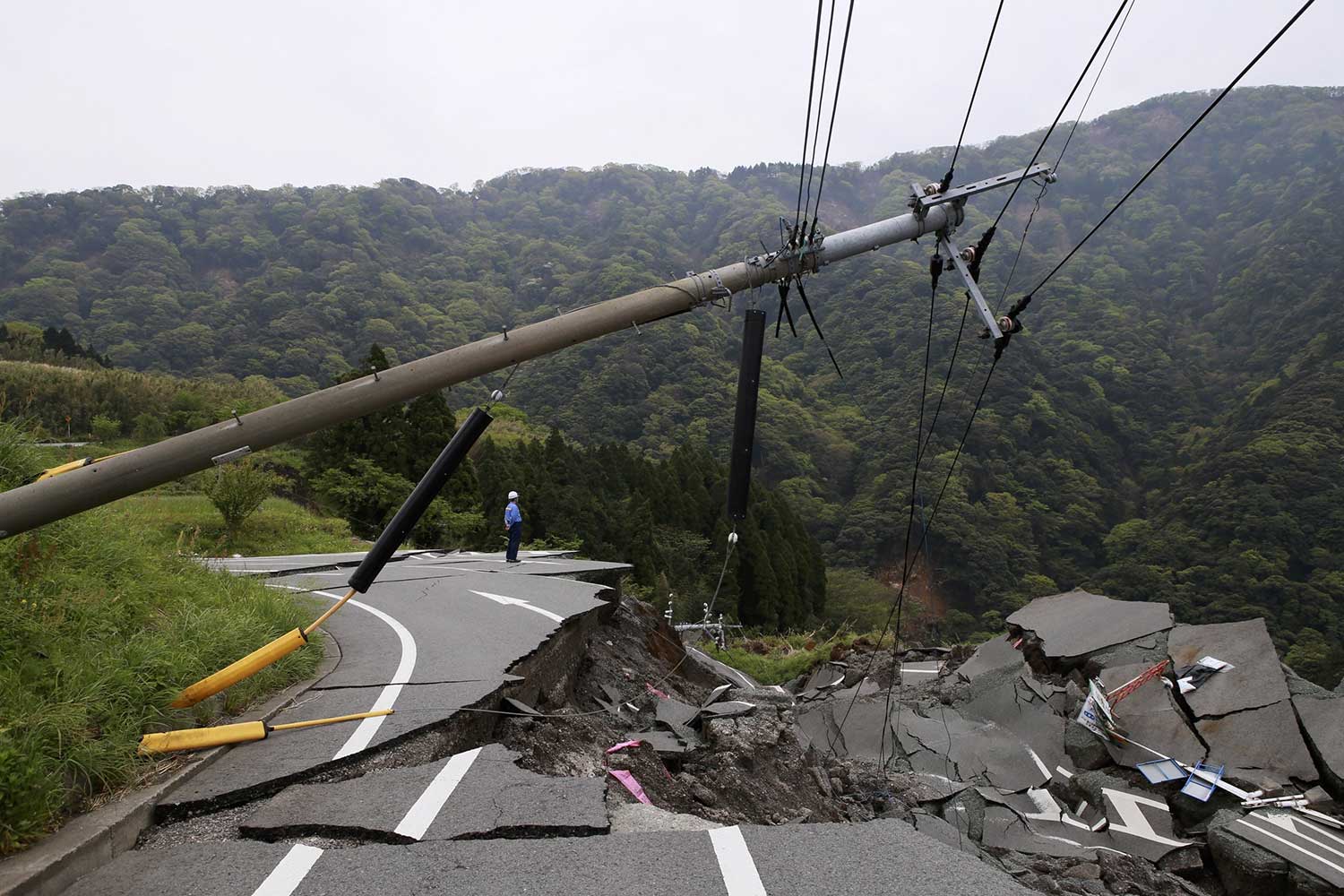
It might sound a little overwhelming, but if you’re used to spending time outside, you already have a lot of the equipment and skills you need to survive a disaster. The other piece to this puzzle is knowing what different natural disasters entail so you have a sense of what you might face in different types of emergencies.
Earthquakes
Seismic activity is reported every day across the US. From the San Andreas Fault along the western coast to the New Madrid seismic zone in the midwest, quakes of all sizes have affected residents of North America for centuries. With The Big One looming over Pacific Northwest Cities, and Southern California continuously rocked by moving tectonic plates, it’s imperative to know what to do when the earth starts moving.
Before an earthquake: If you live in an earthquake prone zone, consider fastening bookshelves and heavy items to the wall. Scan your house and consider what would be a hazard in an earthquake. What valuables would shatter and would they fall in the middle of your escape route? Consider where you would take shelter. What is the sturdiest piece of furniture in your house? Can you fit under it with your entire family? With guests? If not, it might be worth investing in a sturdier dining room table to protect loved ones in a worse-case scenario. Assemble an emergency kit. If worst comes to worst, you could be trapped in your house for days without rescue. Prepare yourself with food, supplies, and cash to get by.
During an earthquake: As soon as you detect seismic activity drop down, take cover, and take hold of something sturdy. Stay away from doorways, and do not run outside. As buildings collapse, they release materials with force and you want to stay as far away as possible. It’s generally best to stay where you are and shelter in place. Oftentimes, earthquakes happen without warning, and your decision making time frame is small.
After an earthquake: Know that aftershocks often follow major quakes, so maintain shelter until you’re sure the worst is over. Immediately check for injuries among those present, and administer first aid from your emergency kit. Check to see that you’re out of dangers way–specifically what around you could fall or cause further damage. If you’re in a damaged building, get out as soon as possible, after the shaking has subsided. If you’re in an area near the water, seek higher ground to avoid a possible Tsunami.
Landslides & Mudslides
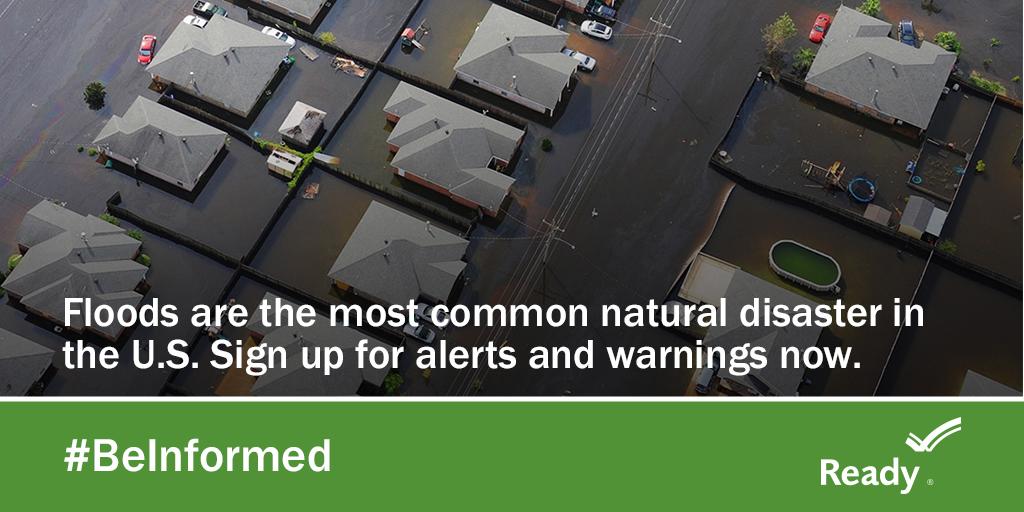
Landslides and mudslides happen all throughout the US for many different reasons – earthquakes, heavy rain, fire, and more. Since there are very few warning signs to prepare anyone for an incoming slide, there are things to look for if you live in or are traveling to an area prone to landslides:
- Heavy rain: After a massive rain storm, soil can loosen to the point of failure, causing an entire cliff side to crumble.
- Wildfire: With much of the West burning each wildfire season, it’s important to stay aware of burn areas. According to Weather Underground, “In areas burned by forest and brush fires, a lower threshold of precipitation may initiate landslides.”
- Earthquake: Earthquakes can trigger landslides, pushing thousands of pounds of rock and debris from mountainsides.
- Volcanoes: During the course of a volcanic eruption it is likely for landslides and mudslides to occur.
If any of these natural disasters occur in an area with steep and unprotected hillsides, be cautious, and know what route you could use to escape.
Volcanoes
In 1980, the ground in Western Washington started to rumble. What proceeded in the next few hours included an 80,000 foot plume and the largest landslide ever recorded as Mt. St. Helens succumbed to extraordinary natural forces.
Volcanoes are serious business, and as ancient as they may seem, their threat is still present in the 20th century. Residents of Hawaii are still experiencing the Kilauea eruption on the Big Island, and at the time of writing, 38 other volcanoes are erupting across the globe.
With over 150 active (erupted in the last 10,000 years) volcanoes across the US, chances are you live, or will vacation, near an active volcano. So what do you do in the worst-case scenario
During an eruption: If you’re in an active evacuation zone, listen to emergency officials and follow evacuation routes. According to the Red Cross, it is far more dangerous to wait out an eruption, even if it feels safer to do so. If you’re not in a hazard zone, close all doors and windows to prevent volcanic ash from entering the house. Also, bring all animals inside to protect them from breathing ashy air.
After an eruption: Continue listening to local radio stations and heed their warnings. Update your friends and family that you’re safe, and submit your status on the Safe & Well website from the Red Cross. Stay away from downriver areas and river valleys to reduce risk.
Wildfires

Mankind has faced and managing wildfires for centuries. Native Americans use prescribed burning to clear underbrush in the forest, making hunting and foraging easier for the tribe. Now, controlled burns are used throughout the nation to help prevent larger, more catastrophic fires from spreading.
Unfortunately, the forces of nature are mighty powerful, and when facing drought and strong winds, a campfire can turn into a wildfire in minutes. In fact, almost 90% of all wildfires are started by humans. But there are protocols in place to protect you and your family from wildfire.
Prepare: Those who live in an area susceptible to wildfire should consider reinforcing their house to mitigate fire damage. Plant fire-resistant plants and trees and treat walls and roofs with fire-retardant chemicals. Consistently remove debris from gutters, and consider integrating a water system near your home–ponds, wells, and fire hydrants could all prove vital.
Evacuate: When officials release the order for an area to evacuate, do so in a timely manner. Your life is far more important than your belongings. Also, pack your emergency kit ahead of time and have a plan in place for evacuation.
Tornadoes
When air moves in opposite directions at high speeds, tornadoes are formed. In supercell storms, when thunder and lightening are often seen and heard, it presents perfect conditions for a fast-moving tornado. Tornadoes can occur anywhere, however they’re most prevalent in the Midwest.
Before a tornado: Create a plan. Find or build a safe room, basement, or storm cellar that is sturdy enough to weather a 200+mph wind storm, and have enough space to keep emergency essentials. Research what signs to look for to predict an incoming storm, and stay tuned to your local weather station.
During a tornado: Get to your safe location as fast as possible. Once there, surround yourself with soft objects like pillows, blankets and furniture for additional protection. Never try to outrun a tornado with your vehicle. Find somewhere safe to hide out the storm.
After a tornado: Listen to an NOAA weather radio to know when it’s safe to leave your shelter. If trapped by debris, cover your mouth to avoid inhaling debris or dust, and bang on pipes or walls to let help others find you.
Hurricanes
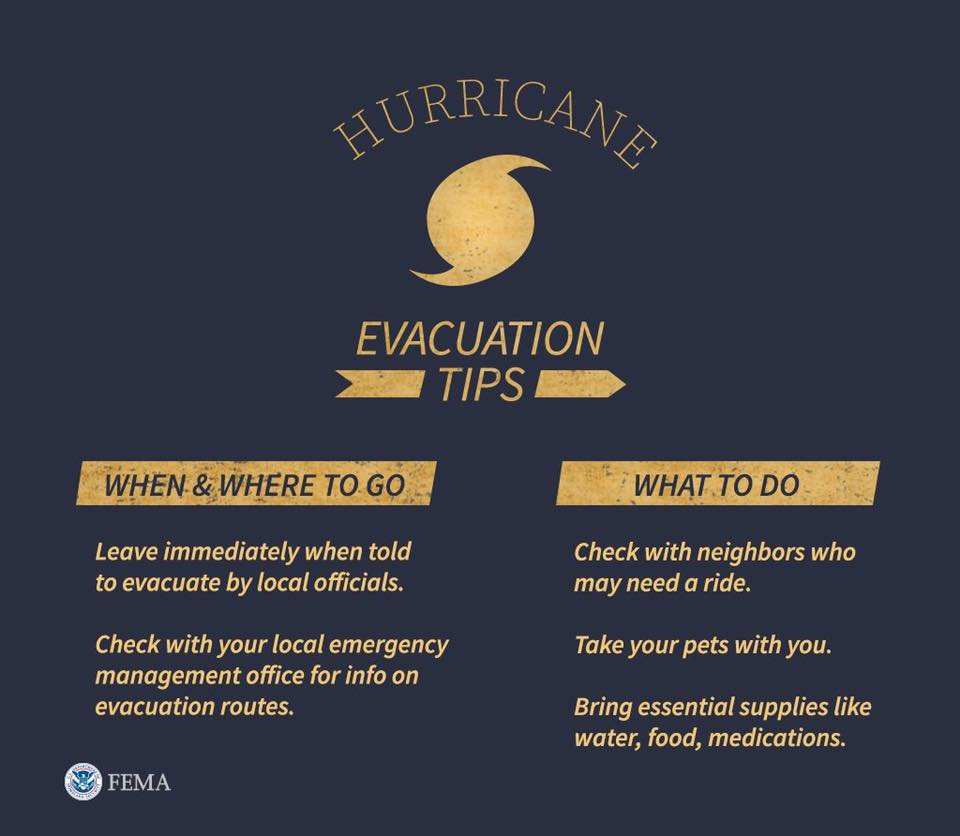
When warm air sitting above the ocean’s surface rises, it creates a low-pressure system. The higher the temperature, the faster it moves, until it soon becomes a swirling vortex of warm air and high pressure. As it gathers more warm air, it moves quicker across the surface until striking land. If you live along the Eastern Seaboard, or along the Gulf of Mexico, the threat of hurricanes is real — and you should always be prepared.
Before a hurricane: Thankfully, hurricanes don’t just show up out of the blue. We can see them coming on satellites and there’s typically time to plan for the worst. Ensure your emergency kit is stocked for three days, and make a plan for communication with friends and family members. Charge your cell phone once the storm is six hours away to maintain a full charge through the storm.
During a hurricane: Shelter in a safe place like a FEMA safe room or storm shelter. If you don’t have access, find a windowless room or hallway. Hurricanes arrive with an aggressive storm surge, so the threat of flooding is high. If your building begins to flood, get to higher ground immediately, and never swim through flood waters.
After a hurricane: Stay tuned to local news for the latest updates. Try and turn off your breaker if/when it’s safe. Use a generator only outside and away from water.
Tsunamis
All along the Oregon Coast there are blue and white signs to signal evacuation routes in the case of a tsunami. While tsunami’s are relatively uncommon in America, they happen most frequently along the West Coast and Hawaii. Tsunamis are caused by earthquakes beneath the ocean’s surface, and they can be impossible predict. If you feel a deep rumble on the beach, try to get 100 feet above sea level or two miles away.
Before a tsunami: Practice your escape route and know it well. Talk to your kids’ school and see what protocol they have in place and where to pick up your children if a tsunami were to occur.
During a tsunami warning: Listen to officials and get to higher ground, or further inland, as fast as possible. According to the Red Cross, “If you can see the wave, you are too close to escape it.”
After a tsunami: Stay away from damaged buildings, administer first aid, and let others know you’re safe. Since tsunamis are created by deep-sea earthquakes, prepare for the aftershocks to follow. Oftentimes, the largest wave won’t be the first to hit the shoreline, and can actually take hours to arrive.
Related Campgrounds:
The Dyrt is the only camping app with all of the public and private campgrounds, RV parks, and free camping locations in the United States. Download now for iOS and Android.Popular Articles:
Articles on The Dyrt Magazine may contain links to affiliate websites. The Dyrt receives an affiliate commission for any purchases made by using such links at no additional cost to you the consumer.

